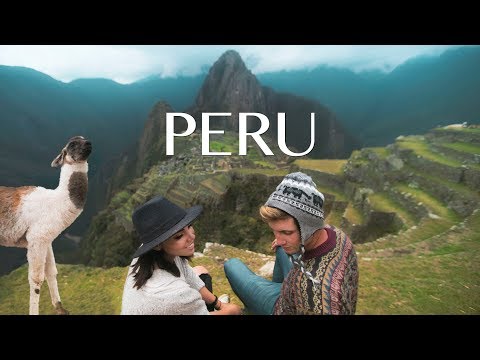
Peru, known for its rich tapestry of culture, history, and breathtaking landscapes, is a prime destination for travelers seeking adventure and cultural immersion. From the mystic ruins of Machu Picchu to the vibrant streets of Lima and the mysterious lines of Nazca, Peru offers a journey through ancient civilizations and stunning natural beauty. Here’s a comprehensive guide on how to travel through this fascinating South American country.
**1. Plan Your Itinerary**
**Key Destinations:**
– **Lima:** Often the starting point for many travelers due to its international airport, Lima serves not only as Peru’s capital but also as a cultural hub with excellent museums, nightlife, and cuisine.
– **Cusco:** The former capital of the Inca Empire; this city is now the gateway to Machu Picchu. Cusco itself is a UNESCO World Heritage site with well-preserved colonial architecture.
– **Machu Picchu:** Peru’s most famous tourist attraction and a New Wonder of the World. This ancient Incan city can be reached by train or via several trekking routes like the famous Inca Trail.
– **The Sacred Valley:** Located near Cusco, this valley offers beautiful landscapes, Incan ruins, traditional markets, and adventure sports.
– **Arequipa and Colca Canyon:** Known as the White City for its unique architecture using silvery volcanic rock. Nearby is Colca Canyon which is twice as deep as the Grand Canyon.
– **Puno and Lake Titicaca:** The highest navigable lake in the world and home to unique floating islands made of totora reeds.
**2. Best Time to Visit**
Peru’s vast topography results in varied climate zones. The best time for highland areas such as Cusco and Machu Picchu is during their dry season from May to October when there’s less rain and clearer skies. For coastal regions like Lima, summer (December through March) is ideal.
**3. Travel Documents**
Most travelers will need a passport valid for at least six months past their date of arrival in Peru. Many nationalities can enter Peru without a visa for stays up to 183 days (e.g., U.S., Canada, UK), but check your specific country’s requirements before traveling.
**4. Getting Around**
– **By Air:** Domestic flights are convenient for covering long distances across Peru given its varied geography.
– **By Bus:** Offers an extensive network covering most cities; it’s an economical way to travel though journeys can be long due to mountainous roads.
– **By Train:** Limited but scenic options available especially from Cusco to Machu Picchu (Via Rail) or from Cusco to Puno (Andean Explorer).
**5. Accommodation**
Options range from luxury hotels in major cities like Lima and Cusco to hostels perfect for backpackers throughout the country. Homestays around Lake Titicaca provide insight into local life.
**6. Food Experience**
Peruvian cuisine is diverse and flavorful featuring staples like ceviche (raw fish marinated in citrus juice), lomo saltado (stir-fry beef), pisco sour (national cocktail), among others.
**7.Local Language**
Spanish is widely spoken although Quechua remains prevalent amongst indigenous populations in rural areas especially around Cusco and Puno.
**8.Health Tips**
Altitude sickness can affect travelers in high-altitude areas such as Cusco or Lake Titicaca; acclimatizing slowly is key.
Staying hydrated while avoiding tap water unless purified first helps prevent stomach issues common among travelers.
Before traveling check required vaccinations with health authorities or your healthcare provider.
By following these steps you’ll better navigate your way through Peru enjoying not just its iconic landmarks but engaging deeply with its culture local communities ensuring your trip remains unforgettable!
Bon Voyage!
